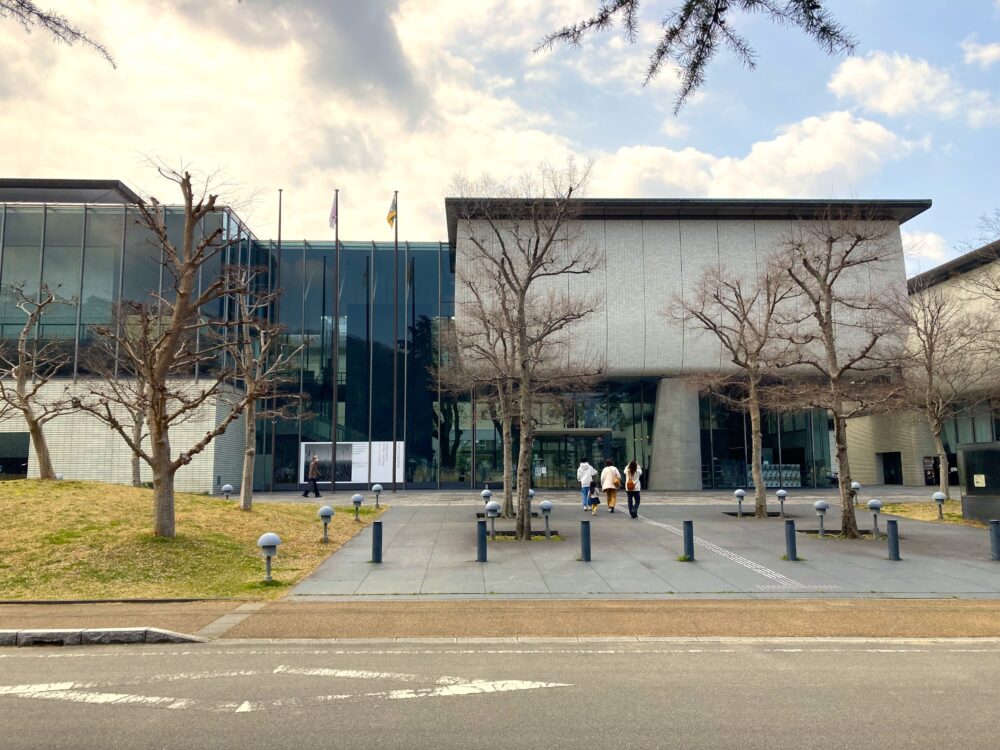
After exploring Matsuyama Castle, head next to the The Museum of Art, Ehime — one of the city’s cultural highlights!
Located in the heart of Matsuyama, inside Horinouchi Park at the foot of Matsuyama Castle, this museum opened in 1998 and has become a must-visit spot for art lovers.
It showcases a wide range of works, from local artists with ties to Ehime to famous masterpieces from Japan and abroad.
The building itself is elegant and serene — the perfect place to slow down and enjoy art at your own pace.
One of the best spots is the second-floor observation lounge, where you can take in a beautiful view of Matsuyama Castle.
Each season offers a different scene, making it a lovely place to relax after exploring the galleries.
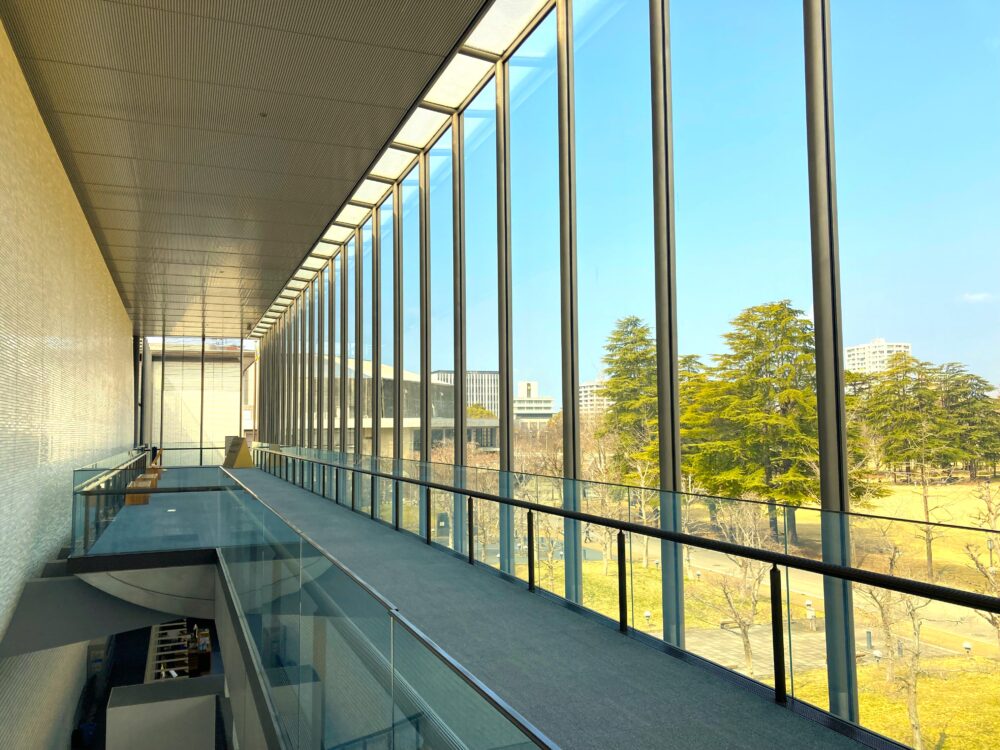
A Must-See Collection of French Modern Art
Beyond its great location, The Museum of Art, Ehime is especially known for its impressive collection of French modern paintings.
You’ll find works by Corot from the Barbizon school, masterpieces by Monet and Bonnard from the Impressionist movement, and dreamlike pieces by Redon, one of the leading Symbolist artists.
This is not just a casual stop along your sightseeing route — it’s a destination worth planning your trip around.
Even if you come to Matsuyama just to visit this museum, you’ll leave feeling completely satisfied.
In the next section, we’ll take a closer look at some of the remarkable works waiting inside.
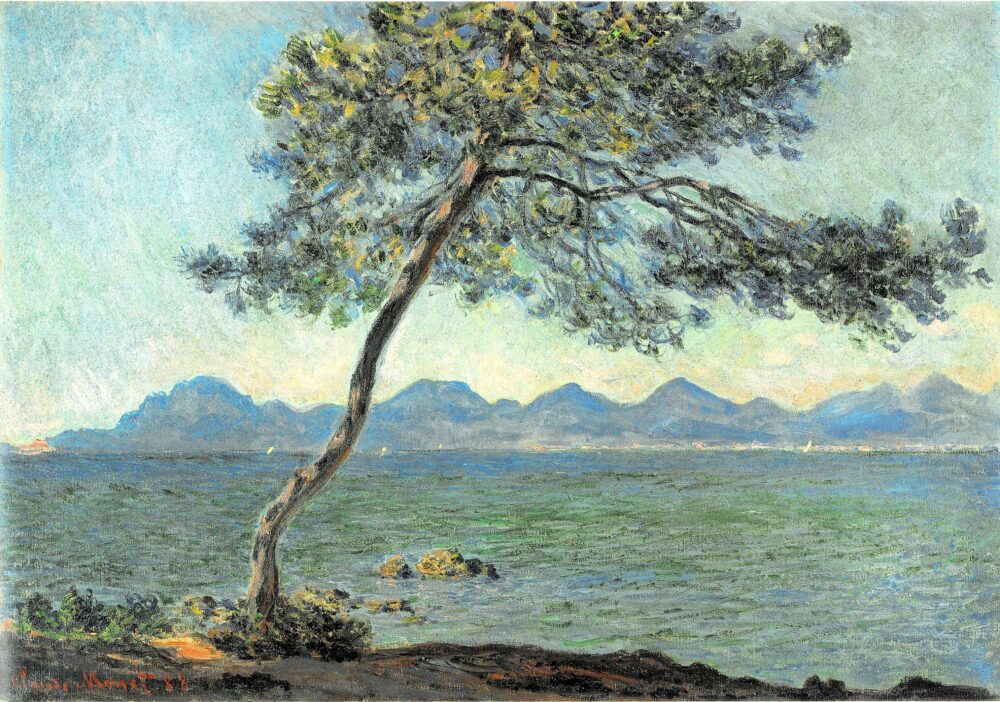
Featured Artwork
The Museum of Art, Ehime houses an impressive collection of masterpieces from Japan and abroad, spanning from the 19th century to today.
The collection now includes over 10,000 works — a remarkable number for a regional museum.
Pierre Bonnard
“Portrait of Andrée Bonnard, the Artist’s Sister“ (1890)
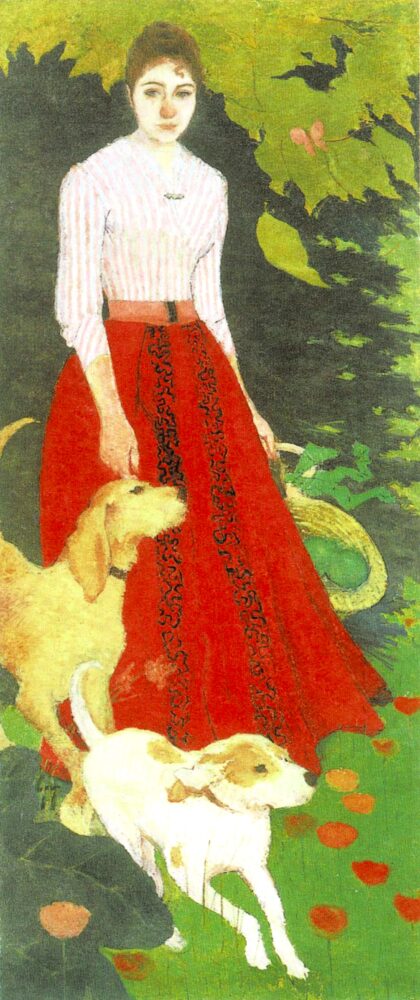
About This Work (Tap or Click to View)
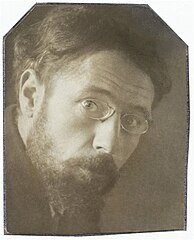
img: by Aréat
Pierre Bonnard was a French painter and a leading member of the Nabis, an avant-garde group known for its decorative, flat style influenced by Japanese art.
His works often reflect a poetic balance between color, light, and form — and this portrait of his sister Andrée is a wonderful example.
You can clearly see the influence of Japanese aesthetics in this piece: the tall vertical composition, the strong outlines, and the bold areas of color reminiscent of ukiyo-e woodblock prints.
In late 19th-century Paris, Japanese prints were widely exhibited, and Bonnard was deeply inspired by them.
In this painting, red, green, yellow, and white hues are arranged in a rhythmic pattern, blending the figures and their surroundings in a gentle harmony.
The sunlight filtering through leaves, the shifting tones of shadow, and the soft presence of air all create a calm, tender atmosphere — one that feels both vivid and serene.
Bonnard’s close friend and fellow Nabi painter Maurice Denis once said, “A painting is essentially a flat surface covered with colors arranged in a certain order.”
This work beautifully embodies that idea, showcasing Bonnard’s remarkable sense of color and composition.
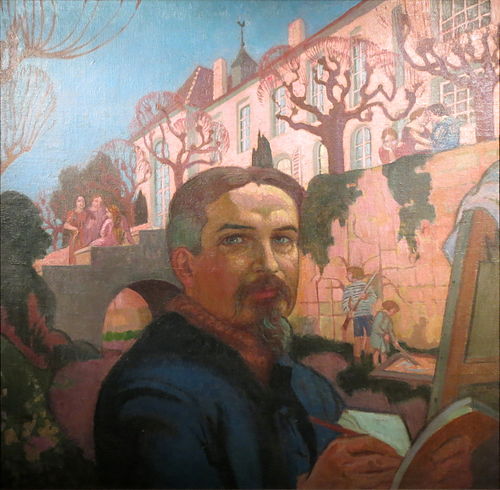
Claude Monet
“Cape of Antibes“ (1888)

About This Work (Tap or Click to View)
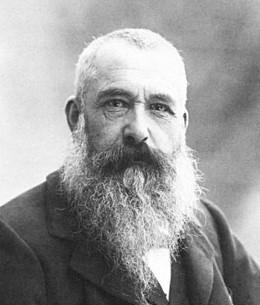
Claude Monet, one of the leading figures of the Impressionist movement, painted this work while spending the winter on the French Riviera.
Seeking to escape the cold of northern France, he stayed in Antibes, a small coastal town on the Mediterranean, where he worked energetically from early 1888 through May.
This painting, “Cape of Antibes”, captures the calm beauty of the Mediterranean landscape, framed by a pine tree stretching across the foreground.
You can almost feel the warm air and dazzling sunlight that filled the scene.
Around this time, Georges Seurat and the Neo-Impressionists were gaining attention with their studies of color theory — most famously with A Sunday Afternoon on the Island of La Grande Jatte.
Although Monet valued emotion and intuition over strict technique, his brushwork in this period became noticeably finer and more deliberate.
You can sense that evolution here, in the delicate strokes and shimmering light across the sea.
Not long after this, Monet settled in Giverny, where he created his iconic Haystacks and Water Lilies series.
This painting marks a fascinating turning point in his artistic journey — a moment when his Impressionist style began to evolve into something even more personal and profound.
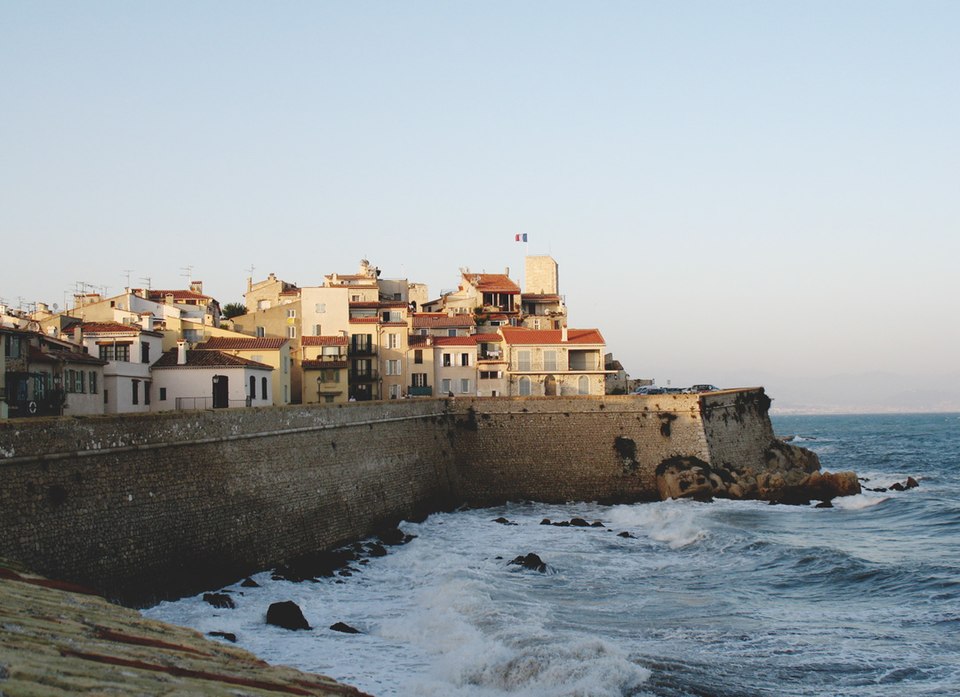
img: by Gilbert Bochenek
Odilon Redon
“The Chariot of Apollo” (1907-1908)
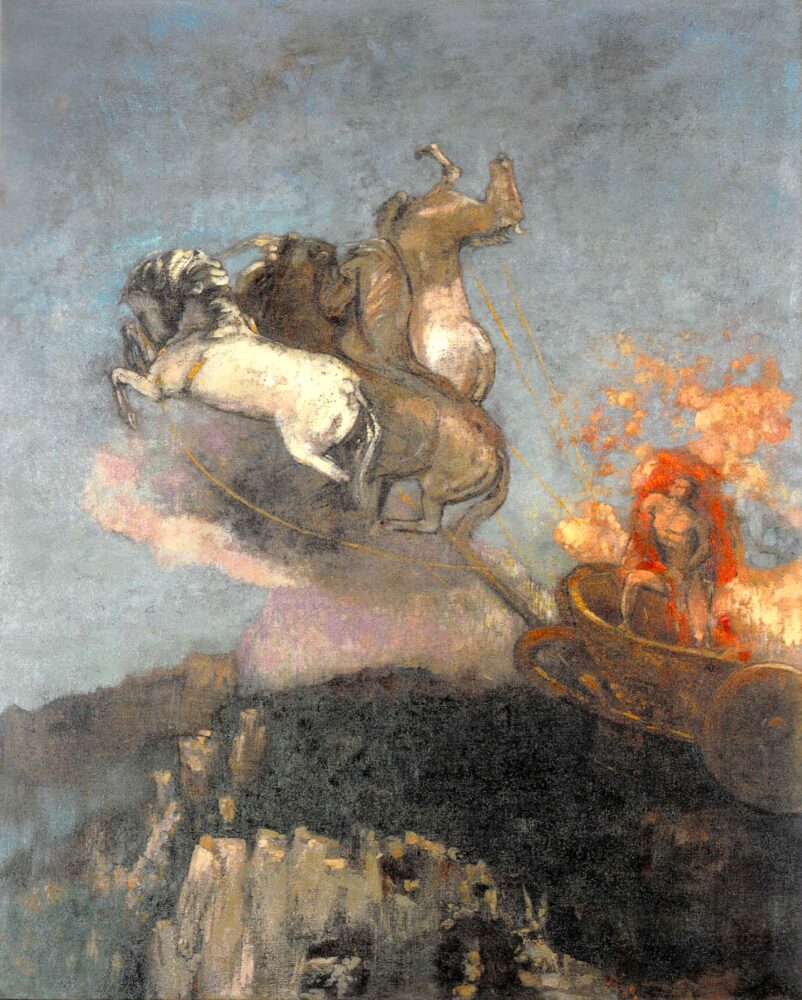
About This Work (Tap or Click to View)
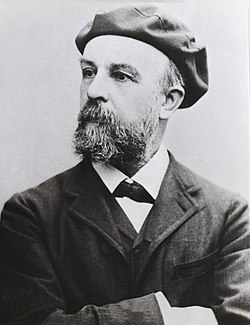
Odilon Redon was a French Symbolist painter celebrated for his dreamlike visions and rich, emotional use of color.
In Greek mythology, Apollo is known as the god of music and poetry — but he was also revered as the god of light and the sun. According to legend, Apollo rides his chariot across the sky each day, pulled by four horses.
Redon was deeply fascinated by this myth.
As a young man, he spent time at the Louvre Museum, where he admired Eugène Delacroix’s ceiling painting Apollo Vanquishing the Python in the “Gallery of Apollo.”
He even made sketches of it — an experience that left a lasting impression and later inspired his own interpretation of the theme.
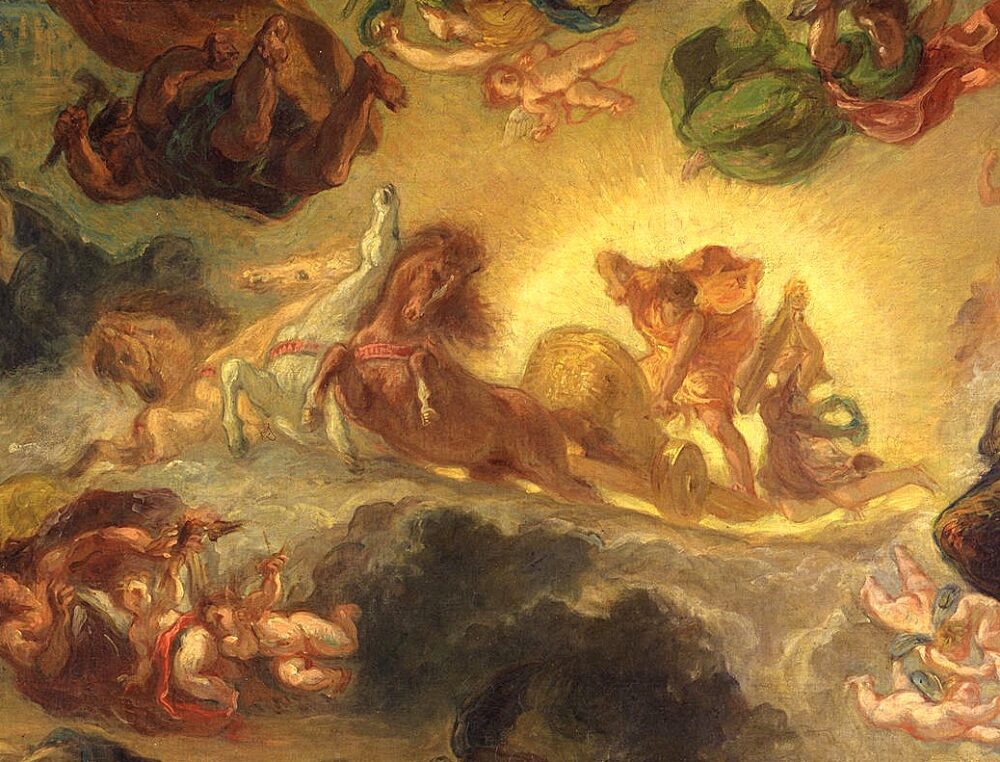
img: by Nlfknr
In his later years, Redon created several versions of “The Chariot of Apollo” in oil and pastel.
One of those masterpieces is housed right here at The Museum of Art, Ehime.
A similar work in the Musée d’Orsay depicts Apollo defeating the serpent Python beneath his chariot.
But in the Ehime version, the serpent is gone.
Instead, vast mountains unfold below as Apollo’s radiant chariot races through the sky — a more symbolic and ethereal vision of light and divinity.
The colors are soft yet mysterious, the sky wide and glowing, the horses in motion but calm — everything feels like a dream suspended between myth and imagination.
It’s a painting that captures the quiet beauty of ancient legend through the poetic lens of late 19th-century France.
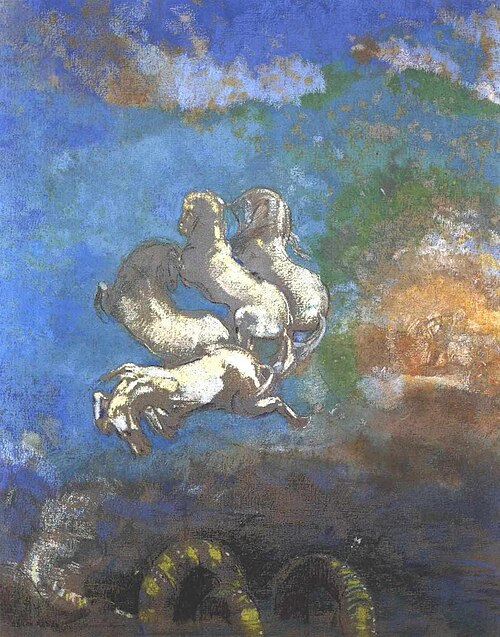
Camille Corot
“Ville-d’Avray, The Pond with a Birch Tree“ (1855–1860)
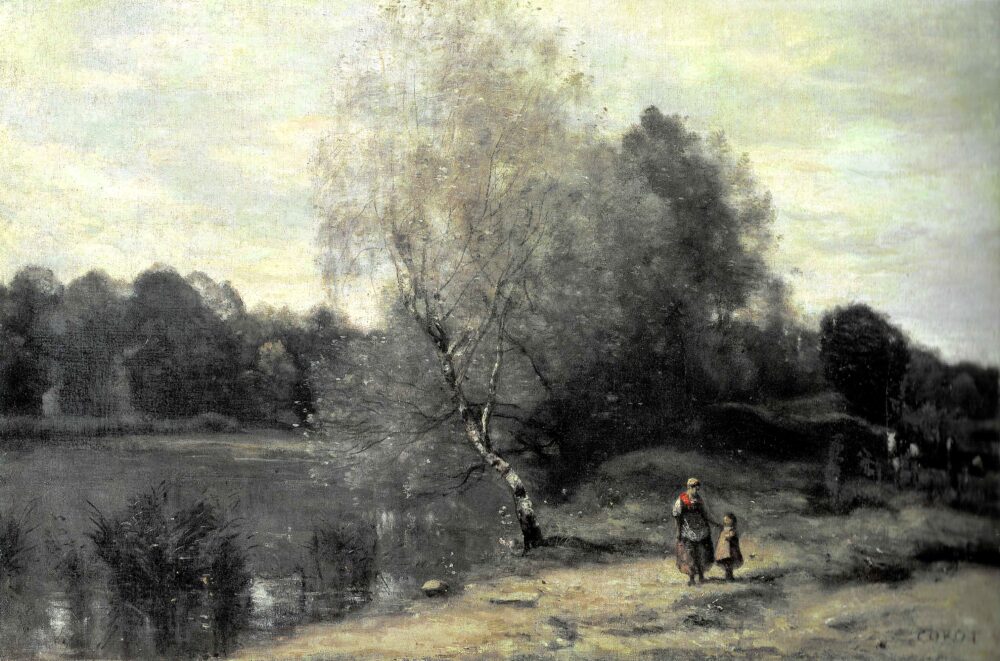
About This Work (Tap or Click to View)
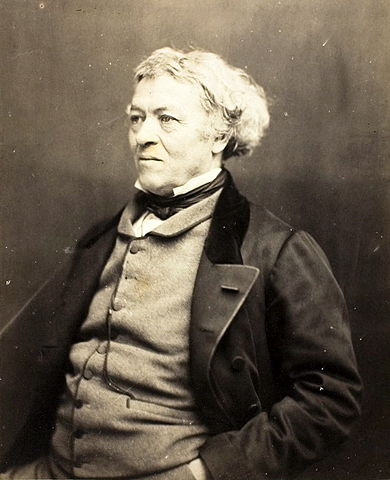
Camille Corot (1796–1875) was one of the leading figures of the Barbizon school, a movement that paved the way for Impressionism.
Just about 10 kilometers west of Paris lies the quiet town of Ville-d’Avray, where Corot owned a small country house. He often spent time there painting the peaceful nature around him.
This work, “Ville-d’Avray, The Pond with a Birch Tree”, was born out of that tranquil, everyday scenery.
In the painting, slender birch trees stand beside a still pond.
The colors are soft and muted — nothing loud or dramatic — yet their quiet harmony draws you in with a deep, emotional beauty.
Corot once said that “color can wait”; what mattered most to him was the balance and atmosphere of the whole scene.
At first glance, the tones might seem subdued, but look closer and you’ll notice subtle transitions of yellow, green, and blue woven through the gray hues.
This delicate layering — often described as silvery gray — became a hallmark of Corot’s style, creating a sense of gentle depth and poetic calm.
Corot is sometimes called a forerunner of Impressionism, but unlike the Impressionists who focused on capturing light and vivid color, Corot’s art evokes something more inward — quiet emotion and spiritual reflection.
That quiet depth is what makes this painting so mesmerizing.
Interestingly, the pond still exists today, known locally as “Corot’s Pond.”
It remains a peaceful spot for locals — a living link to the landscape the artist once painted.
There’s something quite romantic about being able to see the same view Corot saw more than 150 years ago.
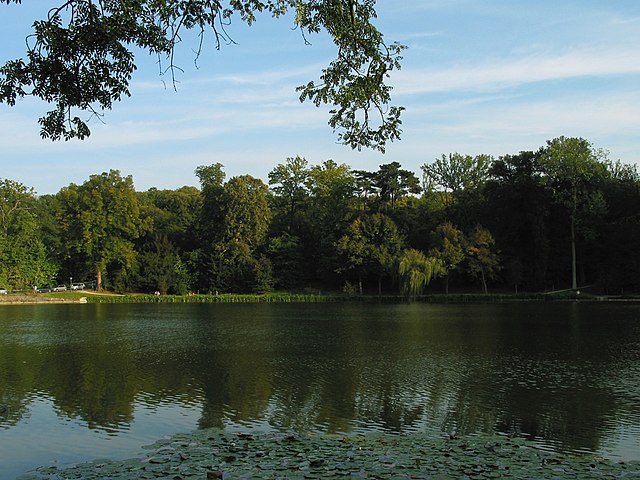
img: by Gemuender
Eugène Boudin
“Brest, The Harbor“ (1872)
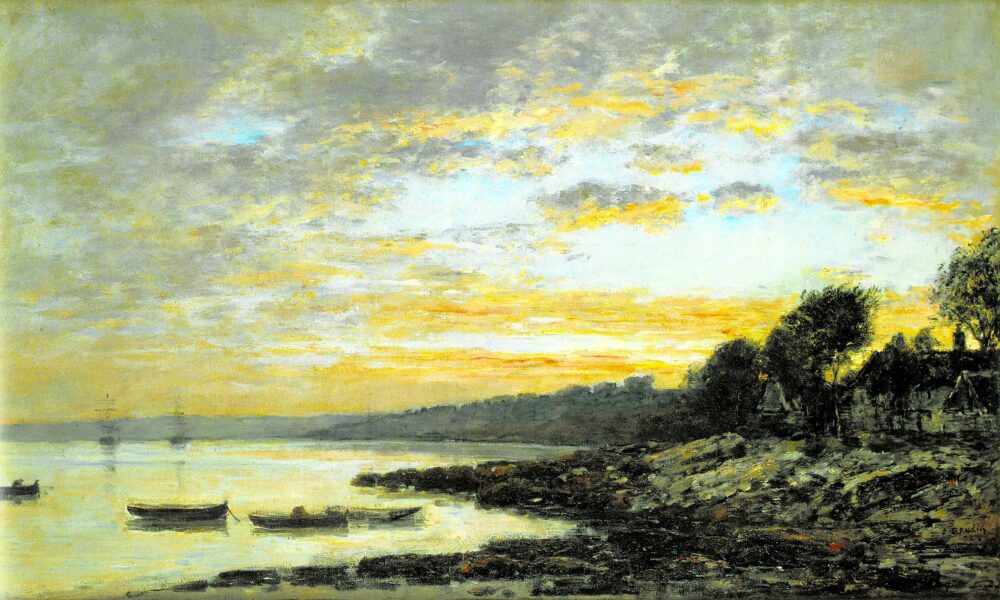
About This Work (Tap or Click to View)
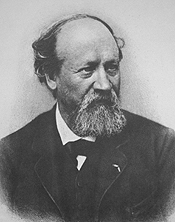
Eugène Boudin was the kind of painter who makes you want to stop and look up at the sky.
Known as a true master of seascapes, Boudin was so skilled at capturing light and atmosphere that Camille Corot once called him “the King of the Sky.”
Born in the coastal town of Honfleur in Normandy, Boudin had a lifelong love for the sea and the ever-changing sky above it.
He also played a key role in the history of Impressionism — it was Boudin who encouraged the young Claude Monet to paint outdoors, a simple piece of advice that profoundly shaped Monet’s career.
Knowing that little story makes his work feel even more special, doesn’t it?
This painting, “Brest, The Harbor”, depicts the port city of Brest in Brittany.
A wide bay stretches beneath a vast, luminous sky — perhaps during sunrise or sunset.
You can almost feel the cool air and the quiet moment of light as it shifts across the water.
As always with Boudin, the sky steals the scene.
The delicate reflections of light in the clouds and the subtle gradations of color along the horizon give the painting a sense of calm depth — as if time itself had paused.
Ships rest silently in the harbor, their silhouettes softly blending with the fading glow of day.
Boudin’s art may not be flashy, but it has a quiet strength.
The more you look, the more it draws you in — a gentle reminder to slow down and breathe.
It’s the kind of painting you want to sit with for a while, especially on days when life feels too busy.
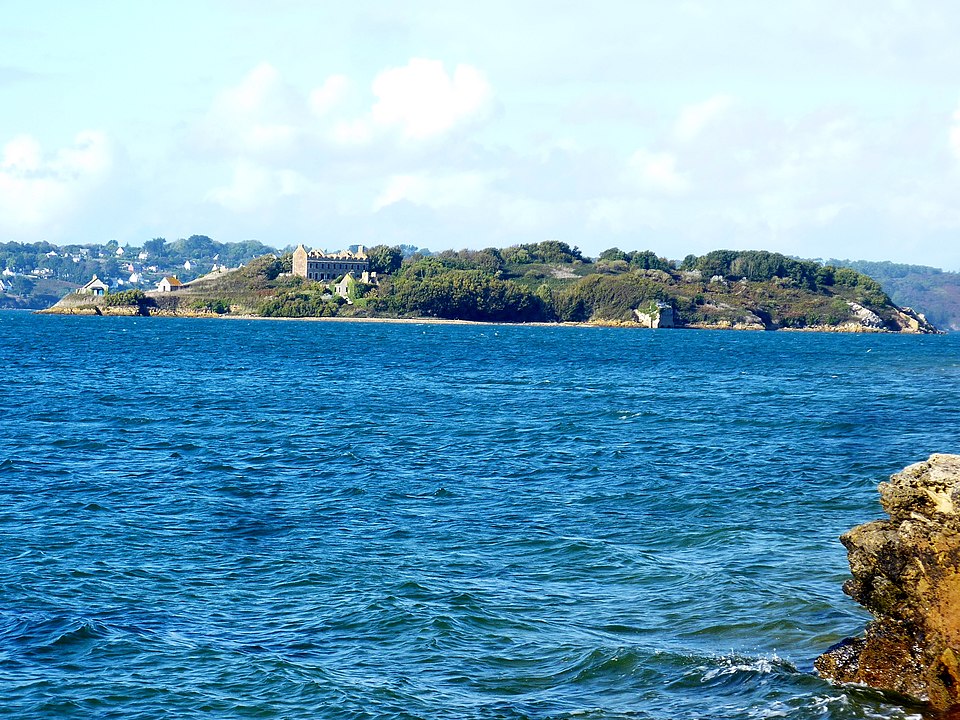
img: by Moreau.henri
Ryusei Kishida
“Portrait of Motomaro Senge“ (1913)
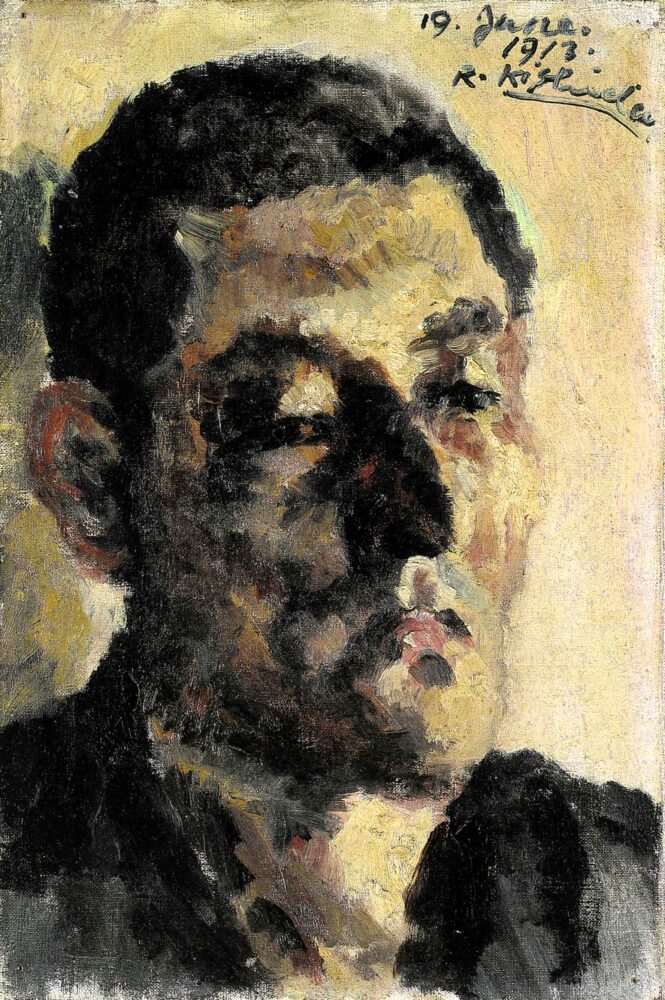
About This Work (Tap or Click to View)
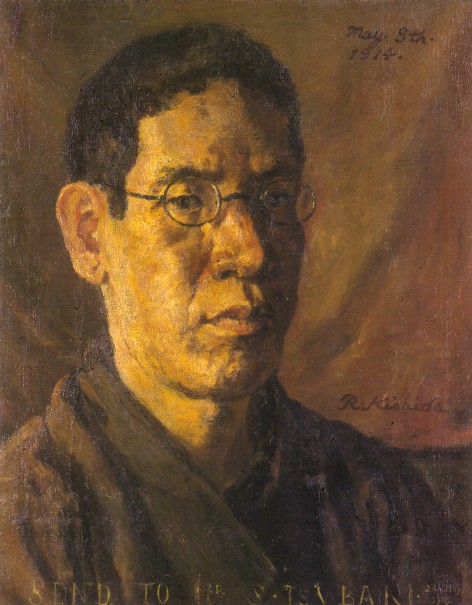
Ryusei Kishida was a Japanese painter who pursued realism — not in a cold, academic sense, but as a way to explore the mystery hidden within human beings.
He worked actively from the Taisho era into early Showa, and his style changed dramatically throughout his short life.
Around 1914, when his daughter Reiko was born, Kishida’s art evolved so much that you might think his earlier and later works were painted by completely different artists.
The Portrait of Motomaro Senge was created in 1913, a fascinating moment in his artistic development.
At that time, Kishida was strongly influenced by Post-Impressionists like Van Gogh and Cézanne, adopting bold brushstrokes and vivid colors.
Yet, in this painting, you can already sense his growing interest in realism, which would later define his career.
Look closely and you’ll notice how light and shadow are used to give the figure a striking sense of three-dimensionality — as if the light itself is shaping the form.
This approach reveals the influence of Albrecht Dürer, the German Renaissance master whose precision and realism deeply inspired Kishida.
In the years that followed, Kishida would immerse himself in Dürer-like detail and lifelike depiction.
This portrait stands right at the crossroads of change — a blend of Impressionist spontaneity and classical realism.
It may not show a fully developed style yet, but that’s exactly what makes it so compelling.
You can feel the artist’s energy and experimentation as he searched for a new form of expression.
Soon after, Kishida began to pursue what he called “inner beauty within realism.”
Even here, that pursuit has already begun.
It’s a portrait that captures not only the sitter’s likeness but also the very moment an artist’s vision was transforming.
The Museum of Art, Ehime – Visitor Information
Location: 5 Horinouchi, Matsuyama City, Ehime Prefecture







Comments